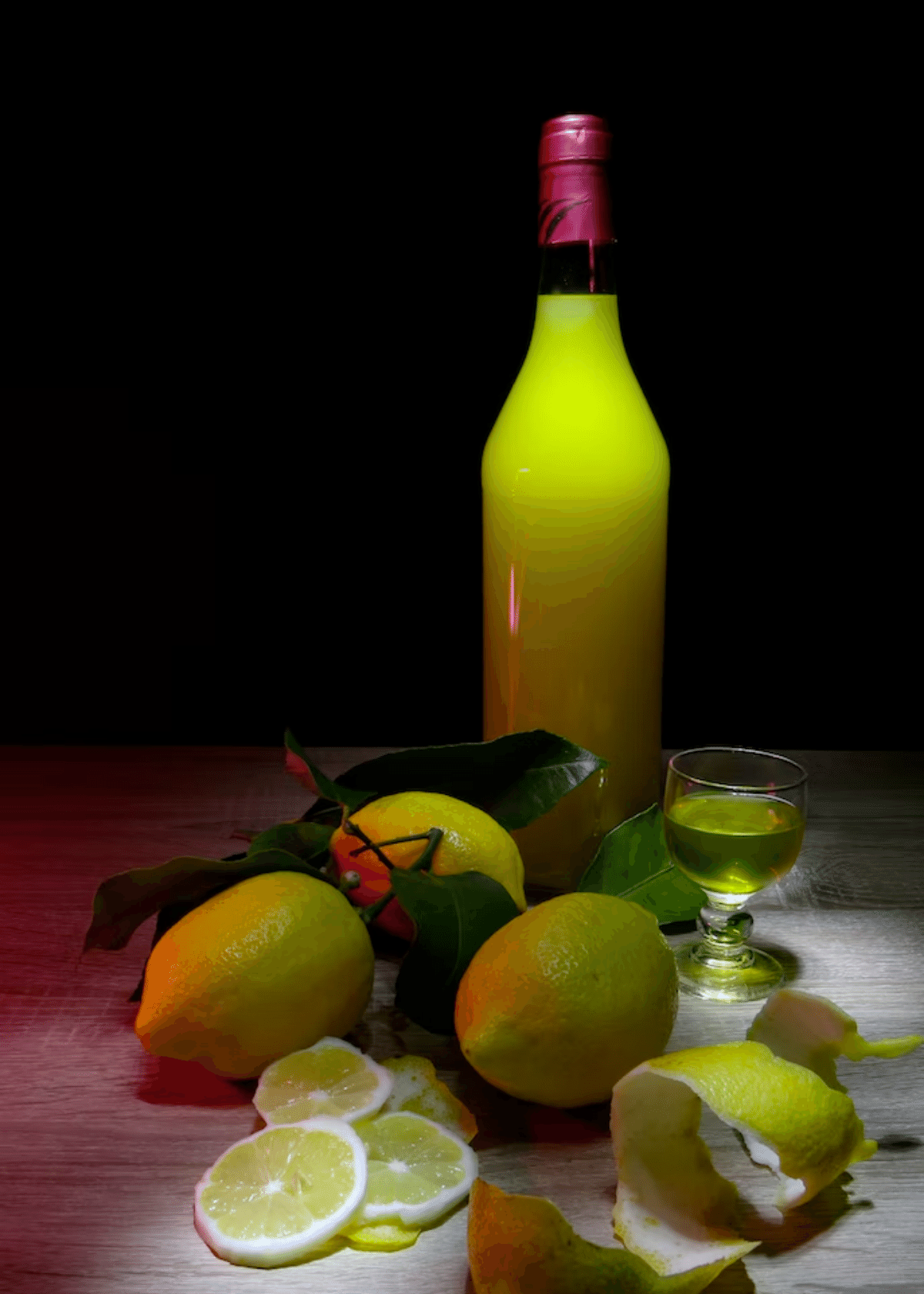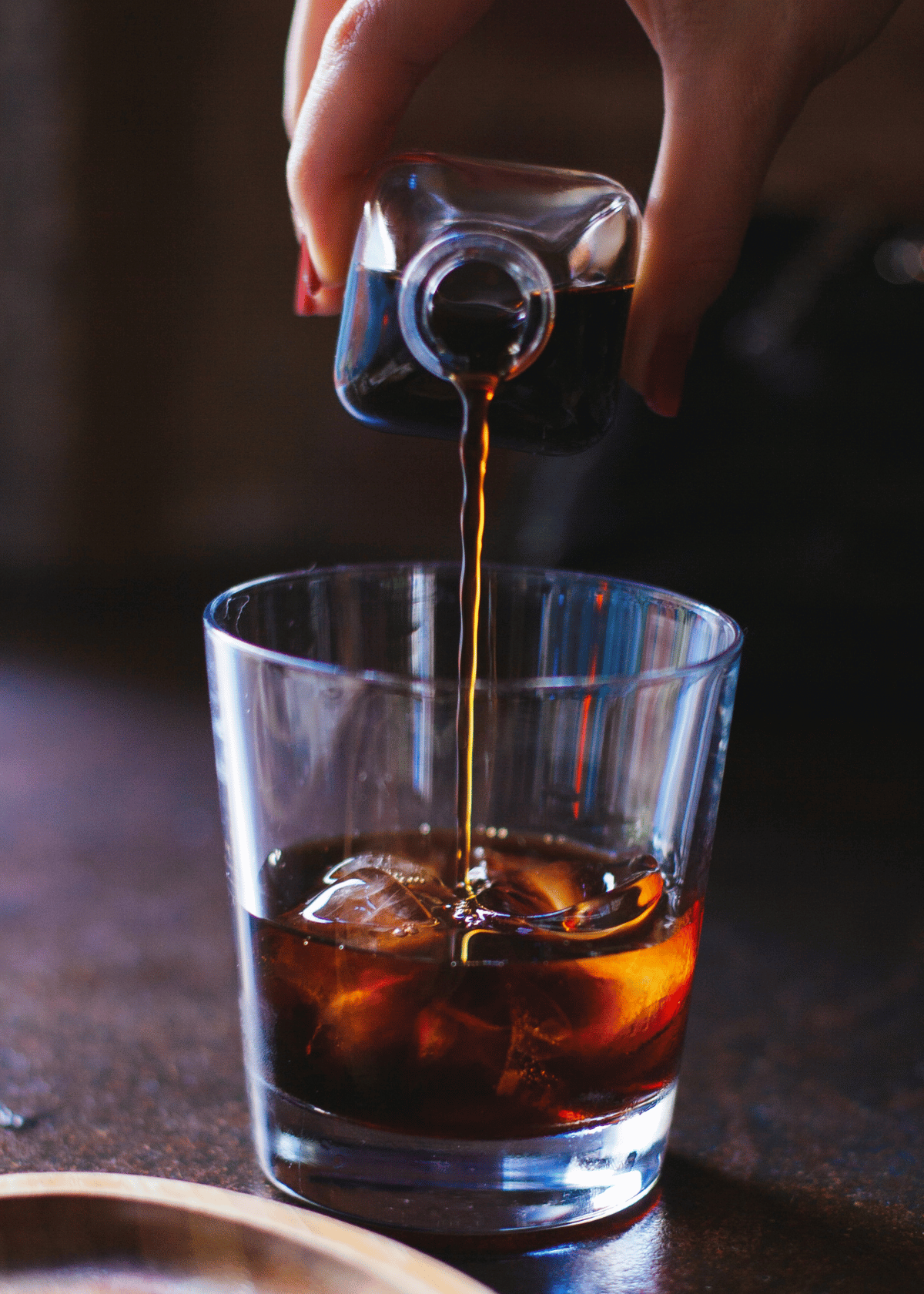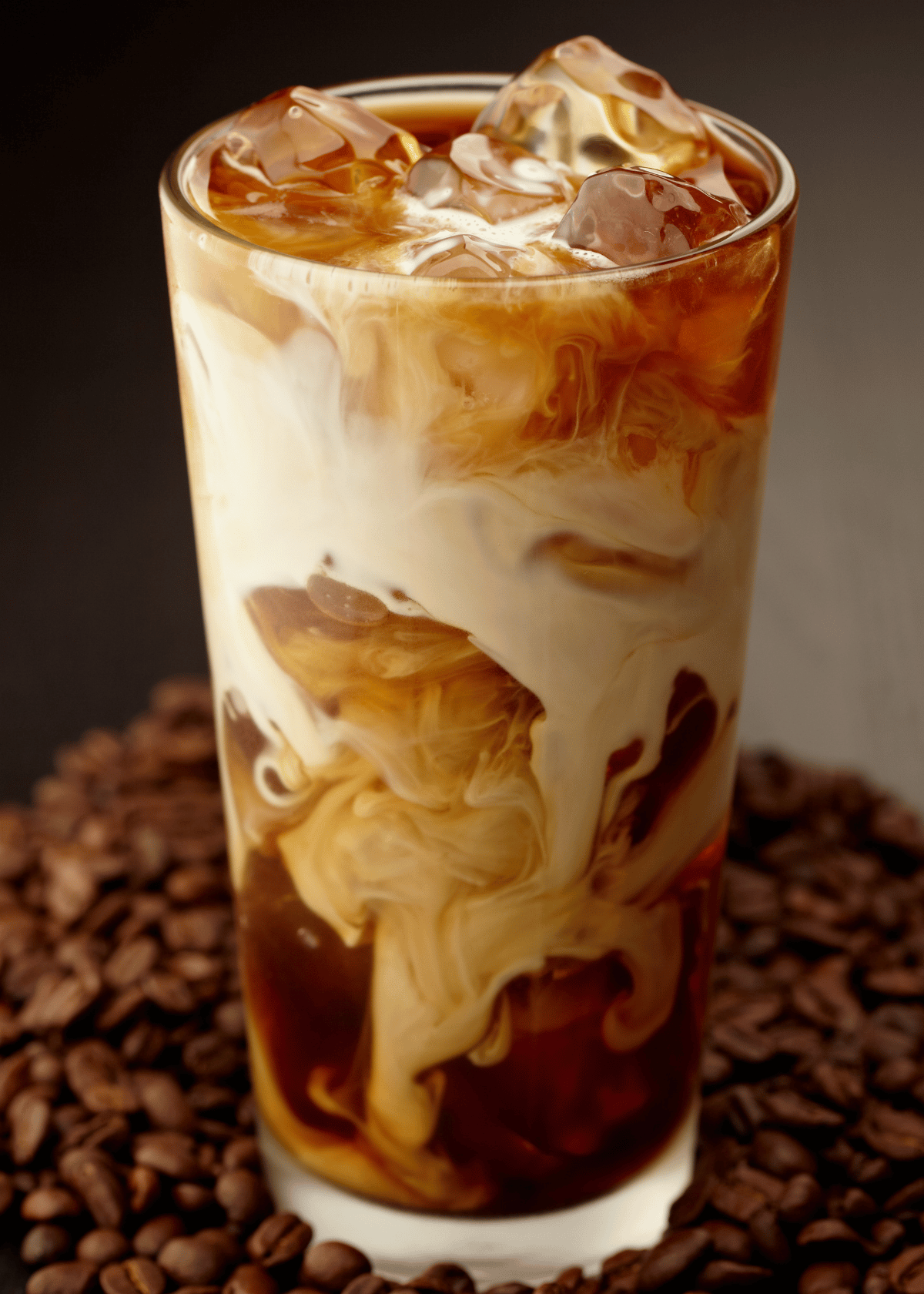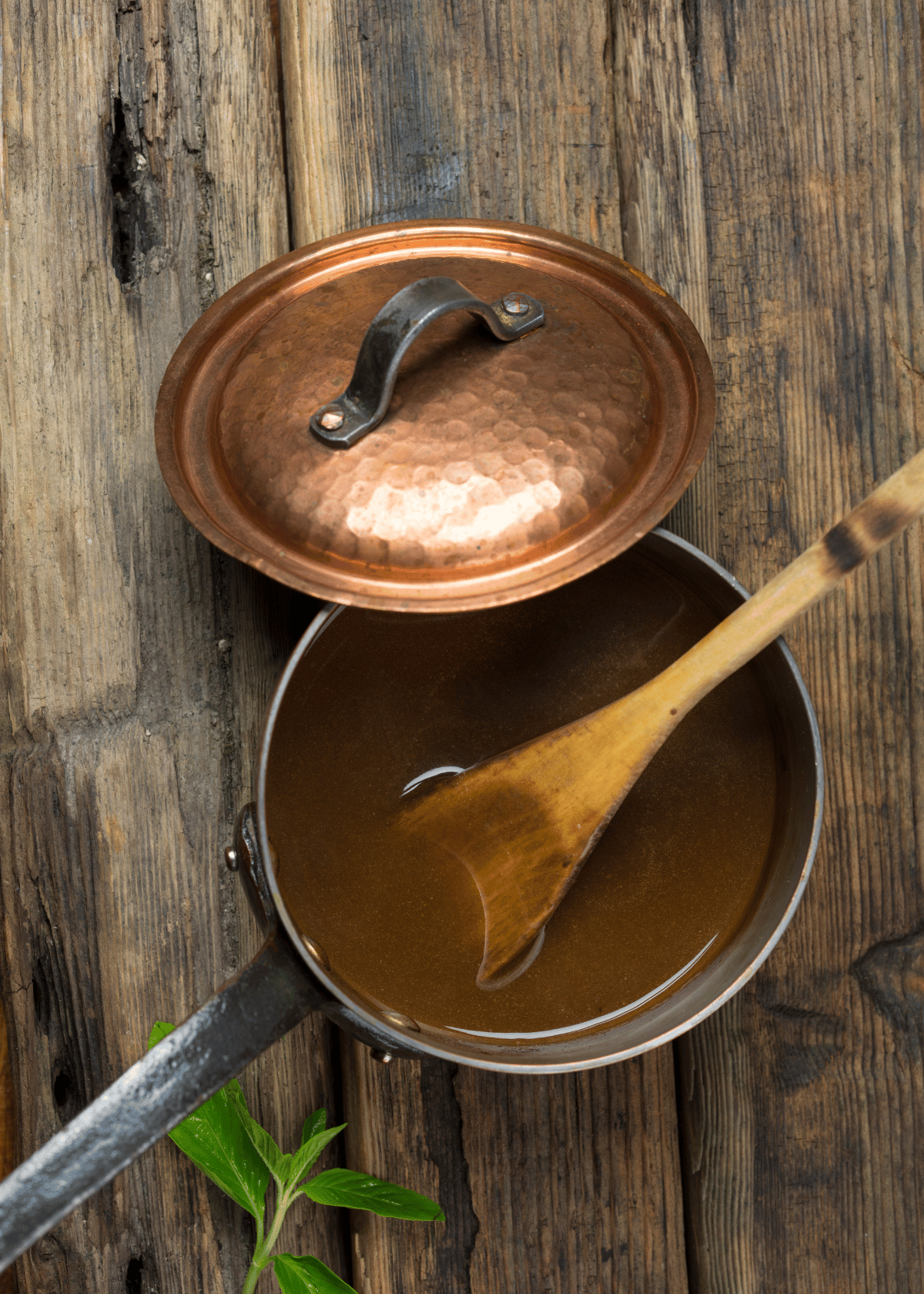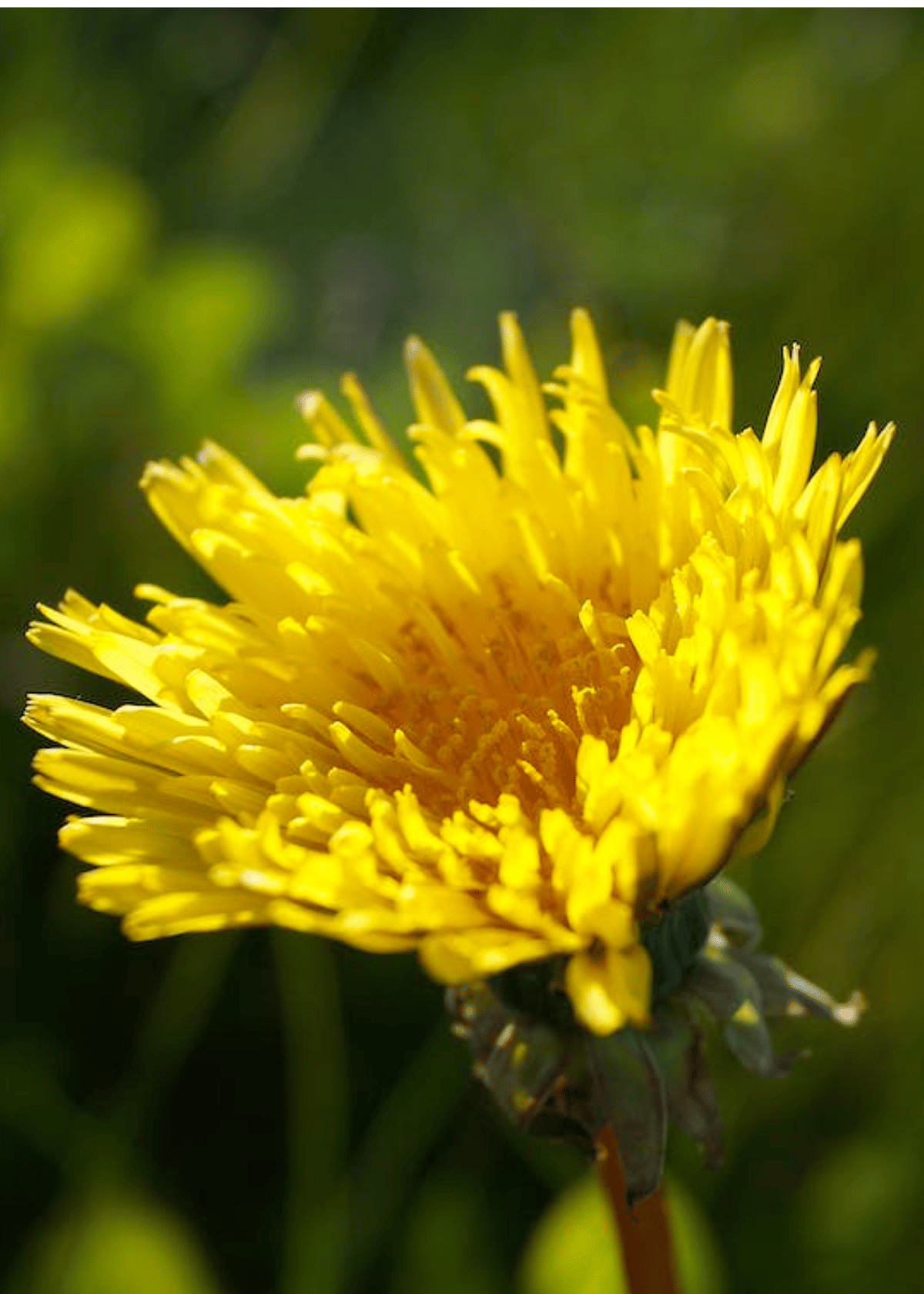Italy is a country with a rich history and culture, and that includes its libations. For centuries, Italians have been perfecting the art of making liquor, and the results are some of the most flavorful and smooth spirits in the world. Whether you're a fan of strong, straight-up liquors or you prefer your drinks on the sweeter side, there's an Italian liquor out there that's sure to suit your taste. In this blog post, we'll take a brief look at the history of some of Italy's most popular liquors.
Amaretto
If you've ever had an amaretto sour or an amaretto milkshake, then you're already familiar with amaretto. This sweet and nutty liqueur is made from apricot pits or almond extract, and it's a staple ingredient in many classic Italian desserts. Amaretto originated in the city of Saronno in Lombardy, and it's been produced there since the 16th century.
Anisette
Anisette is a clear, licorice-flavored liqueur that's made from the extract of aniseed. It's one of the oldest Italian liqueurs; historical records show that it was being produced as early as 1531. Anisette is typically drunk neat or on the rocks, but it can also be used in cocktails.
Campari
Campari is a bittersweet, red-colored apéritif that's made from bitter herbs, fruits, and spices. It was invented by Gaspare Campari in 1860, and it quickly became popular all over Italy (and beyond). Campari is commonly served neat or on the rocks, but it's also a key ingredient in many classic cocktails, such as the Negroni and the Americano.
Limoncello
Limoncello is a lemon-flavored liqueur that's made by infusing vodka or grain alcohol with lemon zest. It originated in southern Italy, specifically on the Amalfi Coast. These days, limoncello is enjoyed all over Italy (and beyond), both neat and in cocktails.
There are countless Italian liquors to choose from, each with its own unique flavor and history. Next time you're looking for something new to try, why not give one (or all) of these delicious options a shot? Salute!
Want to know what is the best Italian coffee? Check out our guide here!

